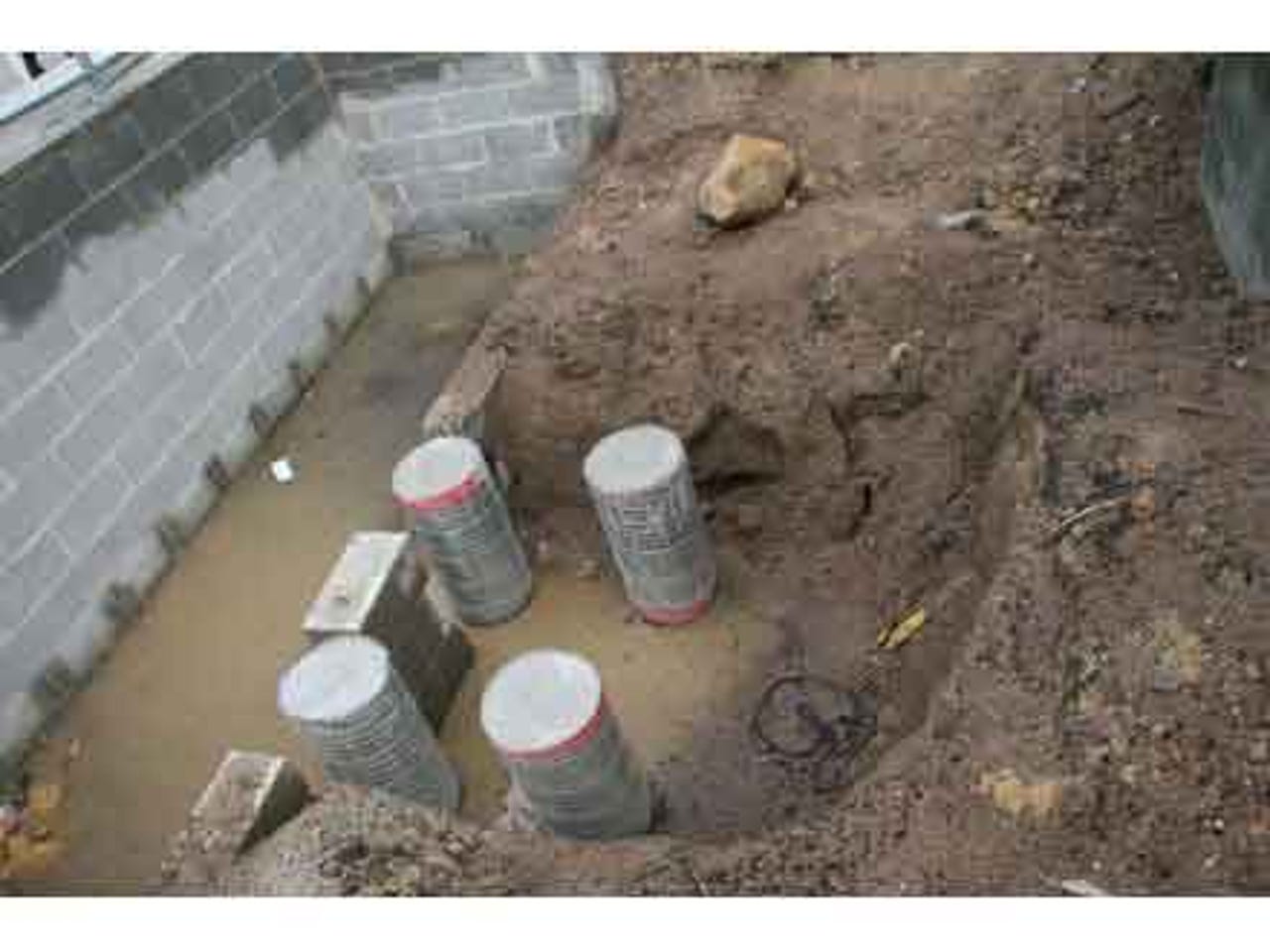Photos: Pipe Networks' submarine cable

The landing station doesn't look much, but capacity of 1.92 terabits per second will be coming in here soon to be dispersed across the nation.
The cable comes from the ocean to Cromer, entering the building via this hole in the aptly named "submarine room". The data passes through equipment to transmit and receive optical signals on the terrestrial cable, which will be in the centre of the room.
It then either heads out through 1,152 fibre cables which leave the room via two paths to create backhaul redundancy or diverts to a customer data room.
For the data exiting, one path goes back the way the submarine cable went in: here the grouped pipes carry the terrestrial cables while the lone pipe on the left has the submarine cable.

The data passes a substation outside before heading along fibres leading to the city, where it will link to any carriers' network which has bought capacity.
The undersea cable needs power, which will be supplied by Energy Australia. However, in the case of mains failure, generators will take up the slack. This underground parking area will house a 25,000-litre fuel tank to keep them running.
The builders had to put a special rolling door with vents in front of the generator (white box) because it needs 2 cubed metres of air every second. Hot air exits out the back through a newly created hole.
The exhaust from the generator is taken out the ceiling through the submarine room. According to the company, every 90-degree bend the exhaust runs through makes for a 40 per cent reduction in noise.
In the time between mains failing and the generator coming up to speed, there are 280 batteries in 14 battery cabinets which can be seen on the left and right. The orange boxes, called "money boxes", distribute power to the different rooms and racks.
Customers can rent space in this data room which links directly to the data entering and exiting the submarine room.
The space behind the cage has already been taken up by one, unnamed, customer.